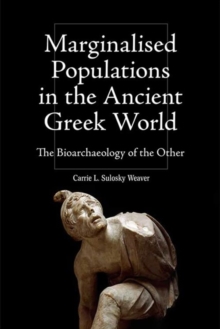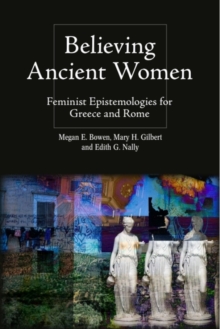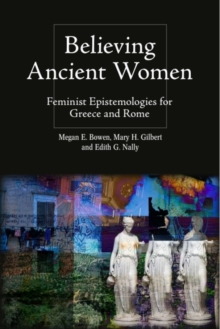
Age, Gender and Status in Macedonian Society, 550-300 BCE : Intersectional Approaches to Mortuary Archaeology PDF
by Elina M Salminen
Part of the Intersectionality in Classical Antiquity series
Description
Provides large-scale analysis of age, gender and status in Macedonian society
- Draws on a database of over 1,100 graves for a large-scale picture of Macedonian burials
- Discusses the applicability of intersectional approaches to a context with scarce textual sources
- Contributes to the burgeoning discussion on children in Antiquity
- Argues gender roles were, on one hand, clearly distinct but also showed some fluidity depending on status
- Moves discussion of Macedonia away from a few exceptional individuals of the late Classical and Hellenistic period to a diachronic and large-scale study of communities in the region
Building on the largest sample of Archaic to Hellenistic burials from Macedon synthesized to date, this work provides new insight into the society that gave birth to Philip II and Alexander the Great. An intersectional focus on gender, age, and status reveals the lives of Macedonians only rarely discussed, from non-elite men to women and children. Through quantitative analysis and case-studies, the reader gets a view of the complexity and nuance of a society sometimes reduced to mighty warriors and fierce royal women. Change over time is also discussed, introducing depth into the historical narrative that is largely limited to the Late Classical and Hellenistic periods. Finally, the book addresses the promise and challenges of applying intersectionality, a framework that is immensely fruitful but which was developed for contemporary contexts, to archaeological contexts.
Information
-
Download - Immediately Available
- Format:PDF
- Pages:328 pages
- Publisher:Edinburgh University Press
- Publication Date:04/12/2023
- Category:
- ISBN:9781399524469
Other Formats
- EPUB from £80.75
Information
-
Download - Immediately Available
- Format:PDF
- Pages:328 pages
- Publisher:Edinburgh University Press
- Publication Date:04/12/2023
- Category:
- ISBN:9781399524469










